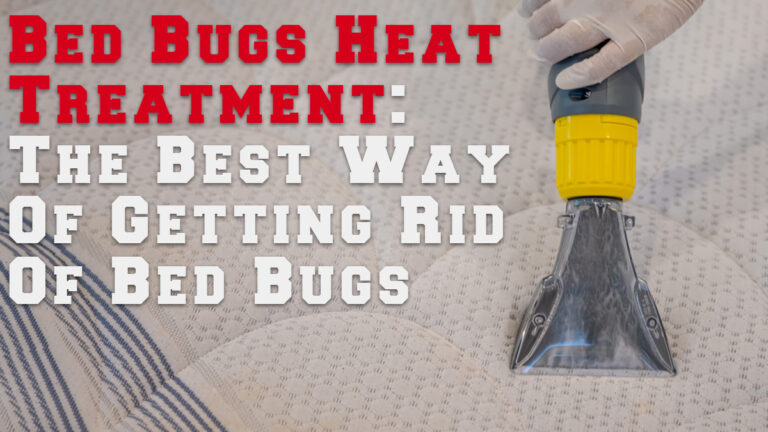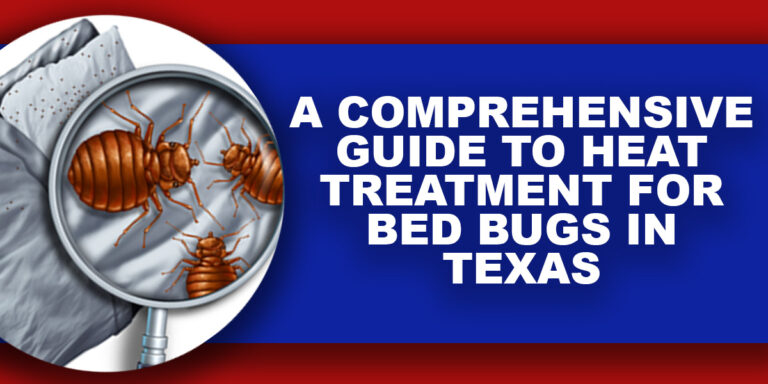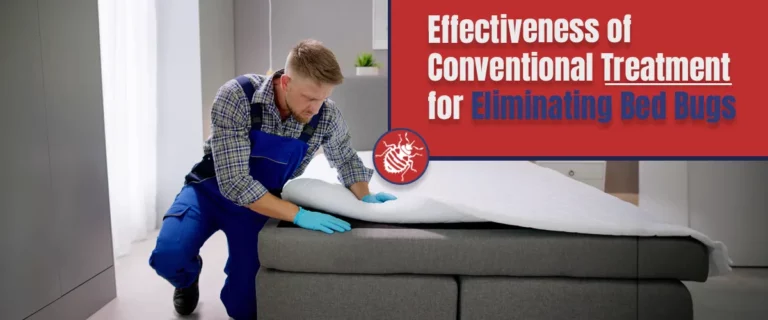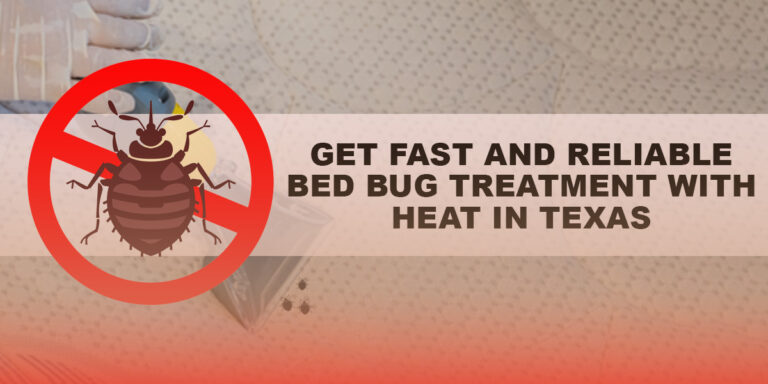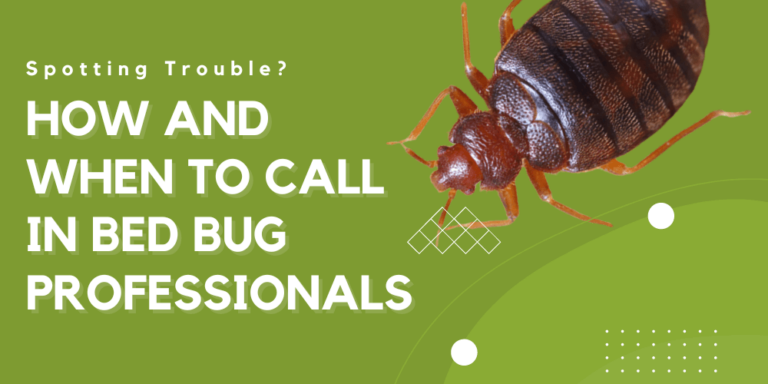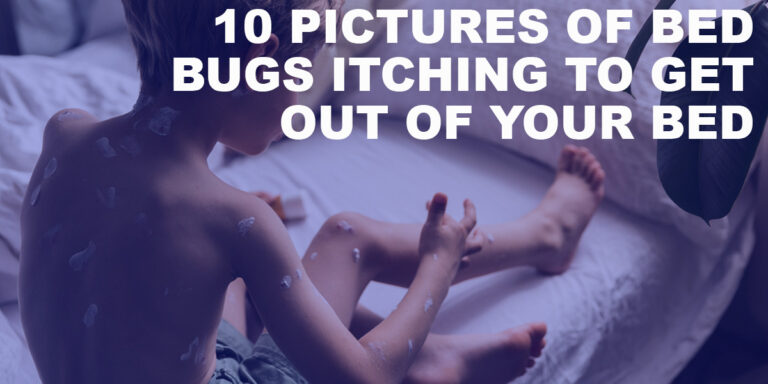Bed bug prevention strategies for home and travel
A member of the Cimicidae family, bed bugs are tiny, wingless insects. They are usually about the size of an apple seed and are reddish-brown. Bed bugs typically feed on human and animal blood at night while their hosts are dozing or asleep. Once bed bugs have colonized an area, they can survive for several months without a blood meal, making them challenging to eradicate. They are typically found in areas where people sleep or rest, such as beds, couches, and chairs.
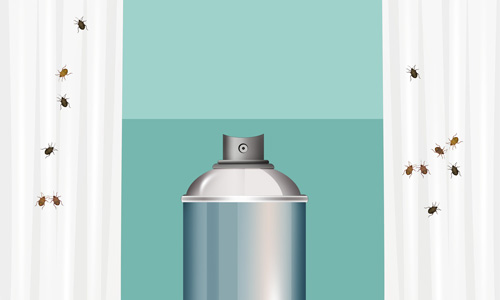
Importance of Bed Bug Prevention
Bed bugs are an annoyance that can lead to severe psychological and bodily suffering. Bed bug bites can result in itchy, red welts on the skin, and their presence can also lead to anxiety, stress, and insomnia. Furthermore, bed bug infestations can be costly and difficult to eradicate, as they can spread quickly from room to room and even to neighboring buildings. Preventing bed bug infestations is essential for maintaining a healthy and comfortable living environment.
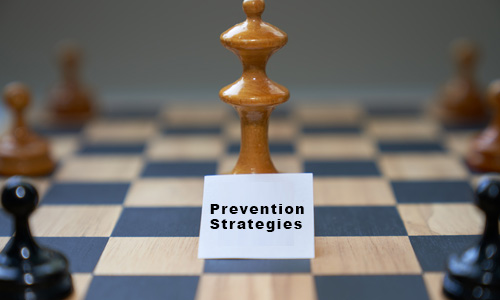
Prevention Strategies for Home
Preventing bed bugs from entering your home is critical to avoiding infestations and the stress and cost that come with them. Here are some effective prevention strategies to help protect your home from bed bugs.
1. Regular cleaning and decluttering
Regular cleaning and decluttering your home is essential to reduce the hiding places of bed bugs, as they tend to hide in clutter and debris. Vacuuming and dusting can also help to remove any bed bugs that may be present physically.
2. Inspection and early detection
Early detection is critical to preventing a small bed bug infestation from becoming more prominent. You may spot bed bug infestations early on by routinely checking your bedding, furniture, and places they like to hide, such as baseboards and electrical outlets.
3. Proper storage and organization
Storing clothing and linens in sealed bags or containers can limit bed bug spread, especially if you travel frequently or live in an apartment building. Keeping items off the floor, such as backpacks and suitcases, can also help prevent bed bugs from hitching a ride.
4. Use of mattress and pillow protectors
Bed bugs are notorious for hiding in mattresses and pillows, so encasing them in bed bug-proof covers can help prevent them from infesting your bedding. Make sure to choose covers that are bedbug-proof and specifically designed to trap bed bugs.
5. Sealing cracks and crevices
Little gaps and holes in your walls, flooring, and furniture can allow bed bugs to infiltrate your home. Sealing these entry points with caulk or another appropriate material can help prevent them from getting in and making themselves at home.
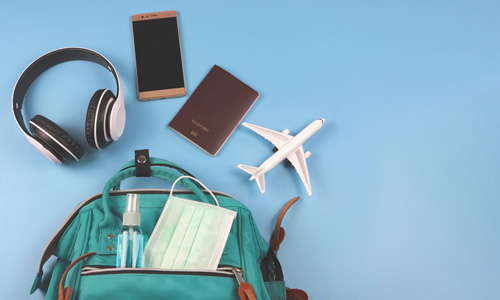
Prevention Strategies for Travel
When you travel, bed bugs can easily make their way into your home in your baggage or clothing, but there are things you can do to stop this from happening. Here are some effective prevention strategies to help protect yourself from bed bugs while traveling.
1. Inspect hotel rooms.
When traveling, inspecting hotel rooms for signs of bed bugs before settling in is essential. Examining the mattress and box spring for blood spots, shed skins, or live bugs. Check the headboard, nightstands, and other furniture, using a flashlight to get a better view of any potential hiding spots. If you find signs of bed bugs, request a different room or switch to another hotel.
2. Keep luggage off the floor
Bed bugs can easily crawl into luggage placed on the floor or near walls and furniture. Keep your luggage elevated on a luggage rack or table to prevent this. If these are unavailable, put your luggage in the bathtub or shower stall, which has a lower chance of having bed bugs.
3. Use luggage liners or plastic bags.
Using luggage liners or large plastic bags can provide extra protection against bed bugs. Seal the bags tightly to prevent any bed bugs from entering.
4. Wash and dry clothes after returning home
Wash and dry all clothes on high heat immediately after a trip is essential. This will help kill any bed bugs that may have hitched a ride in your clothing.
5. Heat treat luggage
If you suspect bugs in your luggage, heat treating it can effectively kill them. Using a portable bed bug heater or dryer, heat the bags to a temperature of at least 120 F for at least 30 minutes. This will kill any bed bugs and eggs hiding in your luggage.
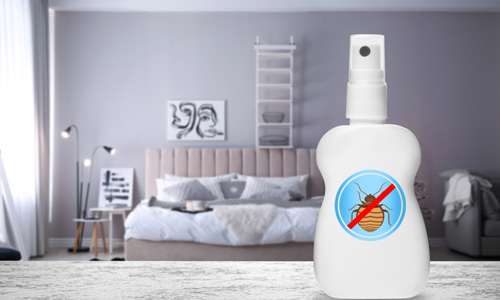
Conventional Treatment
Conventional treatment methods can effectively eradicate pests from your home when it comes to bed bug infestations. Here are some standard traditional treatment options to consider if you have a bed bug problem.
1. Insecticides and chemical treatments
These products can effectively kill bed bugs. Still, they may also have adverse health effects for humans and pets and can harm the environment. In addition, bed bugs can develop resistance to some insecticides, making them less effective over time.
2. Heat treatments
Involve turning up the heat in the bed bug-infested area to the degree that will kill the insects. This method can be effective, mainly when used with other treatments, such as vacuuming or steam cleaning. However, heat treatments may not reach all areas of the infestation, such as deep inside walls or electrical outlets.
3. Freezing Treatment
Freezing treatment is another non-toxic method of eliminating bed bugs. This method involves exposing the infested area to a temperature of -17°C for several hours. This low temperature kills bed bugs and their eggs. Freezing treatment can be effective but requires specialized equipment and is unsuitable for all infestations.
4. Vacuuming and Steam Cleaning
Vacuuming and steam cleaning eliminate bed bugs from carpets, mattresses, and furniture. You can remove bed bugs and their eggs from surfaces by vacuuming and kill bed bugs at all life cycle stages by steam cleaning. For optimal efficiency, combine these techniques with herbicides and insecticides.
5. Encasements
Using encasements, which are covers specifically created to encapsulate mattresses and box springs, prevents bed bug entry and egress. A bed bug cannot climb encasements because they are too smooth and frequently contain a zipper to keep the mattress or box spring inside. Encasements can effectively prevent new infestations, but they may not be enough to control an existing infestation.

Take Action Against Bed Bugs!
In conclusion, bed bugs can be a significant nuisance for homeowners and travelers. While conventional treatment options for bed bugs can be effective, prevention is the key to avoiding a costly and stressful infestation. At home, simple steps such as keeping a clean and clutter-free environment, regularly inspecting and vacuuming beds and furniture, and using bed bug-proof encasements for mattresses and box springs can all help prevent bed bugs from taking hold. When traveling, researching accommodations before booking, inspecting hotel rooms thoroughly upon arrival, and using luggage racks instead of placing luggage on the floor can all help prevent bringing bed bugs home.
It’s crucial to remember that bed bugs can be challenging to eradicate and, in more complex situations, may call for medical attention. But, homeowners and travelers can dramatically lower their chances of running into a bed bug infestation by being proactive and taking preventative steps. Keep bed bugs out of your home and off you as you travel so they can’t disrupt your peace of mind.


